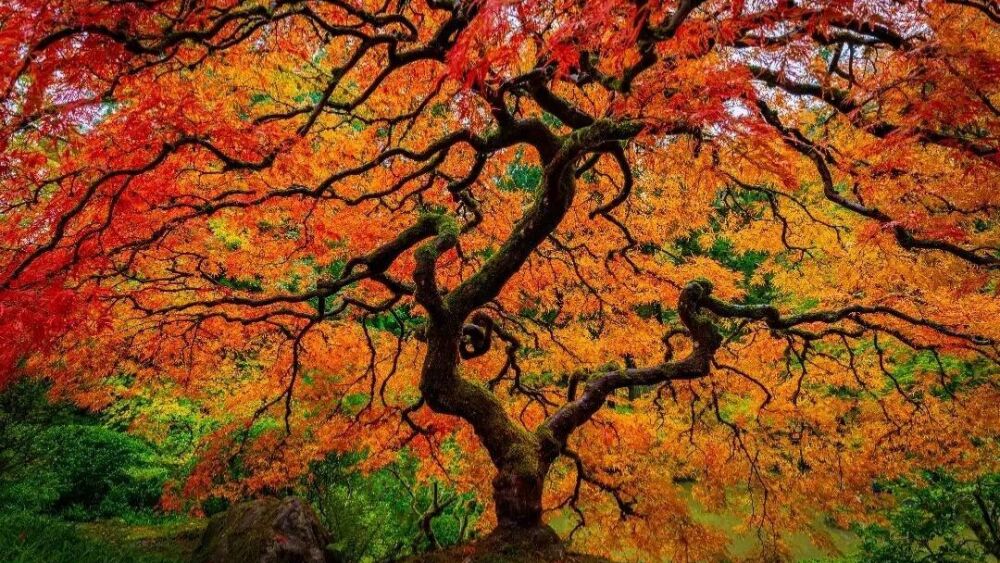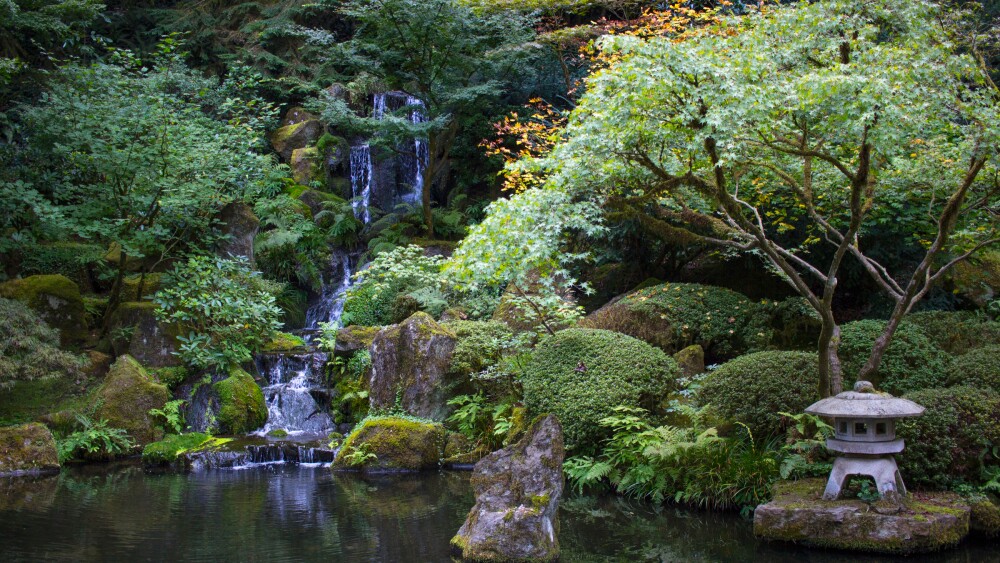Sixty years ago, a little piece of Japan sprung up and started growing in Washington Park. It grew and blossomed into what’s now considered one of the most authentic Japanese gardens outside of Japan.
Today, the Portland Japanese Garden attracts people from all over the world. Tranquility and natural beauty merge in the garden’s 12 acres overlooking Southwest Portland, offering visitors an escape from city energy and the opportunity to connect with the outdoors.
Planting the seed
Inspired by the budding post-World War II relations between the US and Japan in the late 1950s, the people of Portland — along with Mayor Terry Schrunk — hatched a plan for local action. A Japanese garden, they proposed, would help strengthen cultural ties between the two nations while simultaneously providing Portlanders with a special space to reflect.
The site for the future Portland Japanese Garden was dedicated in 1961. Takuma Tono, a professor at Tokyo Agricultural University, designed the original layout, which included five different gardens spread across 5.5 acres.
More than 28,000 people visited the garden during its first year of operation in 1967. In the following years, a tea house originally built in Japan was brought to the site, and the garden’s overall footprint was expanded to accommodate an increase in visitors.

This Japanese maple tree is basically a Portland celebrity based on how often it’s photographed in the fall.
Photo by @jones.pnw
Visiting the garden
Today, the Portland Japanese Garden has grown to include eight different garden spaces, a Cultural Village with three LEED-certified structures, rotating art exhibitions, and cultural demonstrations like tea ceremonies. Photographers flock to its serene setting, especially in the fall when the space explodes (serenely, of course) into a colorful, deciduous wonderland.
2023 marks the garden’s 60th anniversary, or “kanreki” — a milestone that represents the start of a fresh chapter, or rebirth, in Japanese culture. The turning over of a new leaf, if you will. A celebratory gala will be held on Saturday, Oct. 21, at the Portland Art Museum’s Mark Building.






